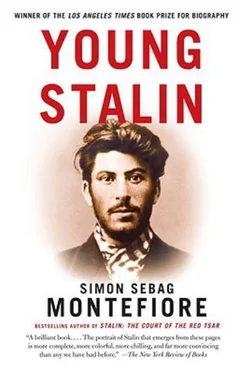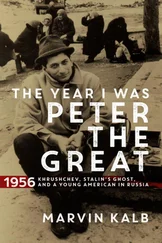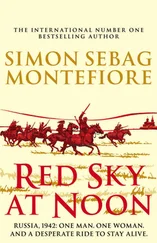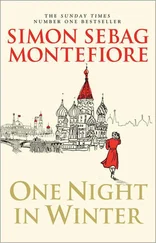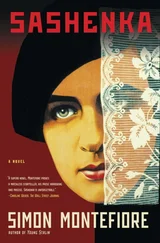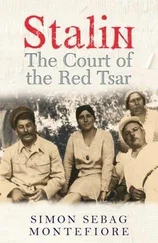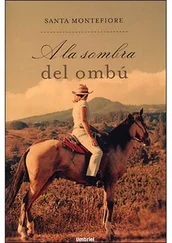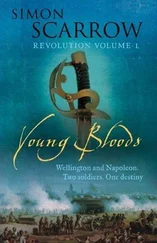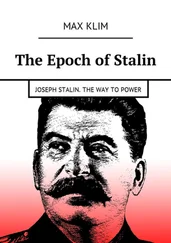Stalin’s associates from Tiflis and Baku, Kalinin and Shaumian, were elected candidate CC members—substitutes if full members were arrested. Elena Stasova became Secretary of the Russian Bureau.
Kavtaradze was arrested by the Gendarmes the next day. When they showed him a photo of Stalin, he laughed because he looked “so tousled.” “Do you know him?” asked the officer. “No, he looks crazy.” “Do you know Djugashvili?” “Yes I know Soso Djugashvili, I just saw him.” “Do you know he’s a state criminal who’s very dangerous and on the run?” “Well, you know we Georgians always know each other…” Kavtaradze was released.
The housemaid was an Estonian girl who later married Kalinin, becoming the first lady of the USSR before being arrested during Stalin’s Terror while her husband remained head of state. See Stalin: The Court of the Red Tsar .
Now known as “Comrade Zelma,” Stasova was the granddaughter of the architect to the Emperors Alexander I and Nicholas I and daughter of a noble lawyer who worked in the Senate, a herald at Alexander II’s coronation: she had much in common with those cultured nobles Lenin and Krupskaya. She knew Stalin from Baku and was a specialist in secret work, often involved in keeping Party funds. Stasova was so humourless and prissy that Stalin laughed at her. She later became one of Lenin’s secretaries. After Lenin’s death, when Krupskaya opposed him, Stalin half jokingly threatened to appoint Stasova as his widow instead. She did not seek high office after Lenin’s death, almost disappearing, one of the very few Old Bolsheviks to survive the Terror. She emerged as a revered antique in Khrushchev’s reign, living on into Brezhnev’s, and dying in 1966.
The nine-year-old son of a Moscow Bolshevik remembered how a Caucasian came to visit his father. The father was out, so the Caucasian tenderly chatted to the child. As he was leaving, the Caucasian sharply slapped the boy’s face then said, “Don’t cry, little boy. Remember, today Stalin [or whichever name he was then using] talked to you!” When the boy told his parents, they were angry and baffled until they heard of this mountain custom in Georgia: when a prince visited a village family, the peasant would slap his son across the face and say, “Remember today this Prince visited our house.”
Stalin blasted the regime of “Nicholas the Last.” The Emperor and Empress were already placing their trust in a Siberian healer and dissolute hierophant named Grigory Rasputin. Once Rasputin’s intimacy with the monarchs was known, this created a growing scandal that alienated monarchists and Marxists alike. Few knew that the little heir, Tsarevich Alexei, suffered from haemophilia. Nicholas and Alexandra increasingly believed that Rasputin alone could staunch the bleeding and ease the child’s pain. The ever-changing Interior Ministers and Okhrana directors now started using their agents to tail Rasputin and chronicle his orgies to discredit him with the Emperor. Increasingly the Empress judged her ministers by their attitude to Rasputin. Stalin wrote about him when he called the Tsar and his courtiers “destroyers of liberties, worshippers of gallows and firing-squads, thieving quartermasters, robber police, murderous secret policemen and dissolute Rasputins!… To complete the picture: the brutal shooting of toilers in the Lena goldfields.”
Stalin told this story to Molotov on their way to the Teheran Conference in 1943 and to his son-in-law Yuri Zhdanov. Back in Narym, the district policeman found Stalin was missing the next day but waited to see if he would return from Tomsk. By the time the police reported his escape to the governor of Tomsk, who had issued an alert, it was 3 November and Stalin had been in Petersburg for weeks.
Krasin finally left active politics, but Lenin welcomed his return to the Bolsheviks after the Revolution, appointing him People’s Commissar for Trade, Industry and Transport, and later Ambassador to London. Krasin the engineer was one of the brains behind the refrigeration, embalming and displaying of the dead Lenin in 1924. He himself died in 1926.
Once again, Kamo cheated the noose, benefiting from the broad amnesty of Nicholas II on the three hundredth anniversary of the Romanov dynasty in 1913. Kamo remained in jail for five years but lived to meet up again with Stalin and play out the ultimate insane violence after the Revolution. See the Epilogue. Of the female gangsters, Anneta and Patsia died of TB, as did many of the others. By the end of the 1930s, only Alexandra Darakhvelidze and Bachua Kupriashvili survived to leave their memoirs.
His articles are revealing of his cynical view of diplomacy (he paraphrases Talleyrand) and his belief in doublespeak (long before Orwell coined the word): “When bourgeois diplomats prepare for war, they shout loudly about ‘peace.’ A diplomat’s words must contradict his deeds—otherwise what sort of diplomat is he? Fine words are a mask to conceal shady deeds. A sincere diplomat is like dry water. Or wooden iron.”
Her husband, journalist Alexander Lobov, was shot in 1918 as an Okhrana agent. She was cleared but died of TB in 1924. Shotman, who remained close to Lenin into the 1920s, was executed by Stalin in 1939.
This tryst with the arch-heretics would be concealed during the Soviet era.
There has been much debate about Stalin’s two journeys to Cracow: he himself told many stories about crossing the border. (The old tyrant told the story about the border-crossing and Lenin and the food to his favourite youngster, Yuri Zhdanov.) Was he just lying? In his personal anecdotes, he tended to exaggerate more than totally invent his stories, especially about such a well-known trip. When he lied outright, he did not tell the lie himself, simply inserting it into the information of his propagandists. Thus he probably used that route at least once. Shotman says he arranged the first trip; the other sources are mixed up about the two trips. So this author believes that the meetings with Shotman concerned the first trip for which there was plenty of time to plan. For the second trip, for which there was no such time, Stalin and Valentina probably took the risk of crossing the border by a smugglers’ path.
Stalin told this story to Stanislaw Kot, the Polish Ambassador, at a Kremlin banquet in December 1941.
Stalin’s friend from Tiflis, Kalinin, was not promoted to the CC because he was temporarily suspected of being an Okhrana double-agent: the Bolsheviks, even while being betrayed by Malinovsky at the very heart of the Party, suspected an innocent comrade.
Now a boarding-house, the Pension Schönbrunn, which unusually still bears the blue plaque put up in 1949 that reads: J.V. STALIN RESIDED IN THIS HOUSE DURING JANUARY 1913. HE WROTE HIS IMPORTANT WORK “MARXISM AND THE NATIONAL QUESTION” HERE.
Josip Broz, the future Marshal Tito, was also working there as a mechanic.
In the incestuous world of Bolshevism, Elena later divorced Troyanovsky and then had an affair with Malinovsky the traitor (according to Malinovsky). She married the Bolshevik grandee Nikolai Krylenko, a member of Lenin’s first government, later Commander-in-Chief of the Red Army, then Procurator-General, finally a brutal People’s Commissar for Justice who was himself shot in the Great Terror. Fortunately Krylenko left Elena in the late 1920s, which probably saved her life, for she survived the Terror, working quietly in the archives, dying naturally in 1953. The Troyanovskys’ daughter Galina married another Bolshevik magnate, Valerian Kuibyshev, Stalinist Politburo member, womanizer and drinker who ill treated her. Stalin said he would have intervened if he had known of Kuibyshev’s drunken promiscuity. Kuibyshev’s suspicious death from alcoholism in 1935 suited Stalin. The nanny Olga Veiland became a Party and Comintern apparatchik, retiring young and surviving into old age. The destiny of Troyanovsky—even though he turned against the Bolsheviks—was very different: see the Epilogue.
Читать дальше
